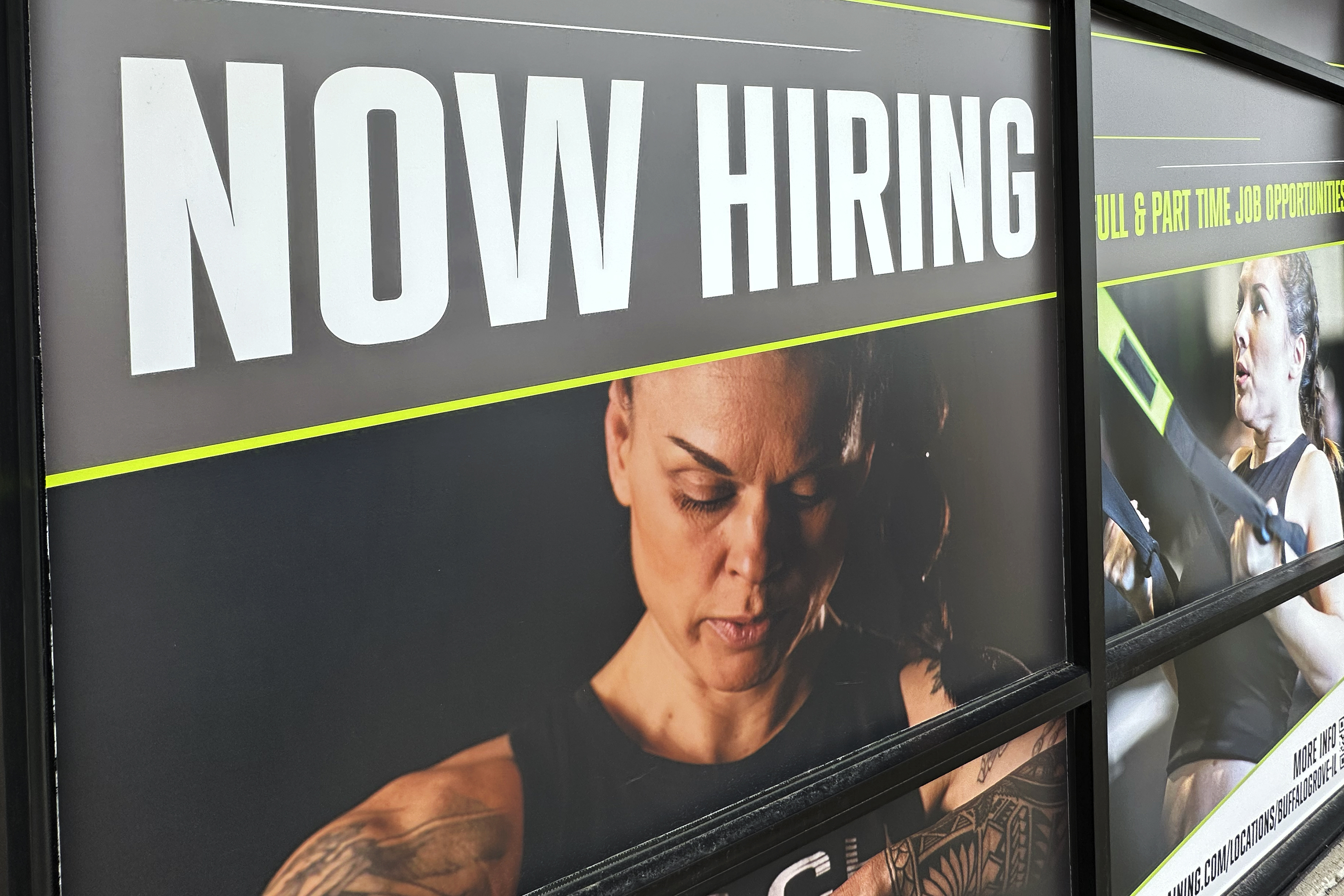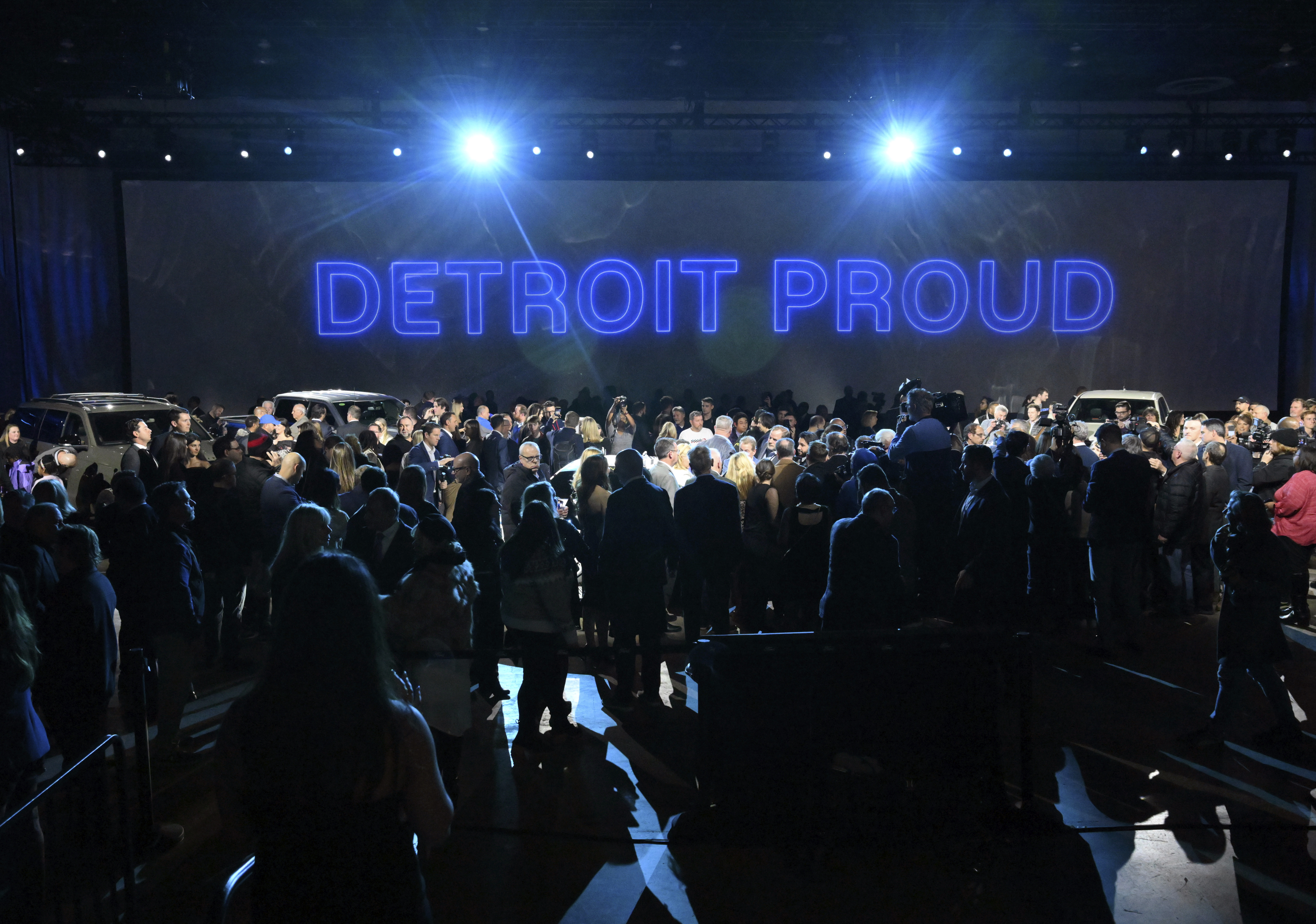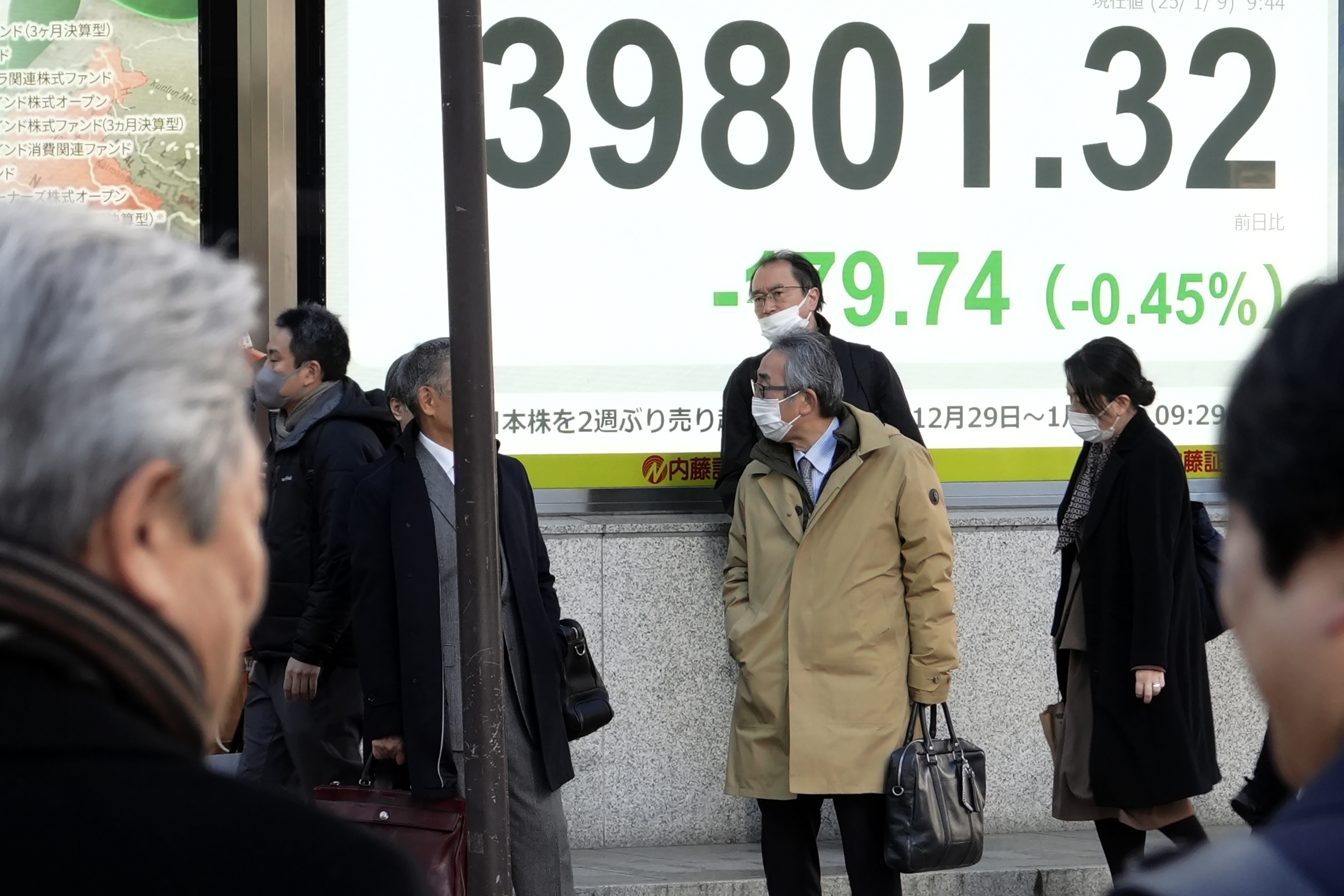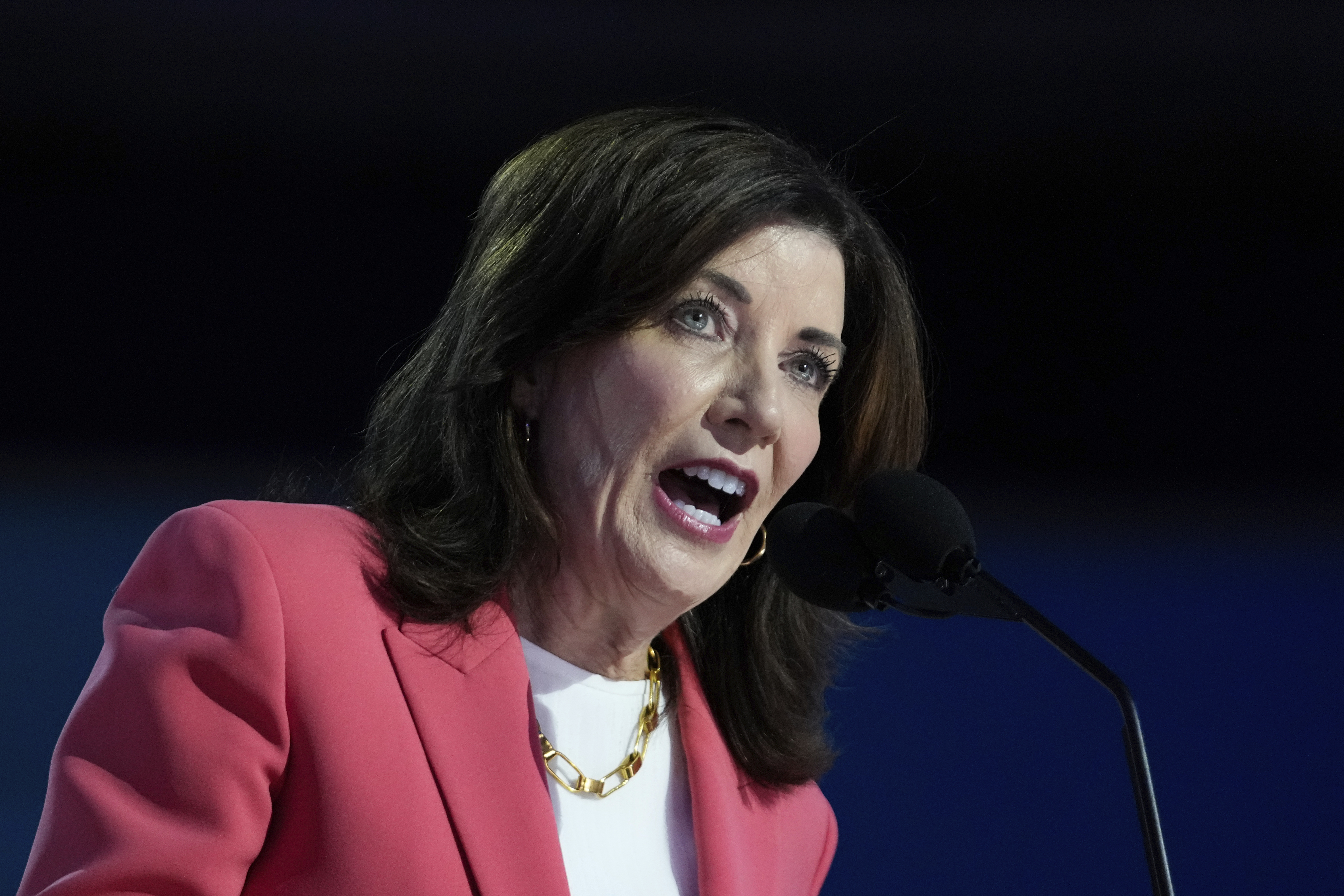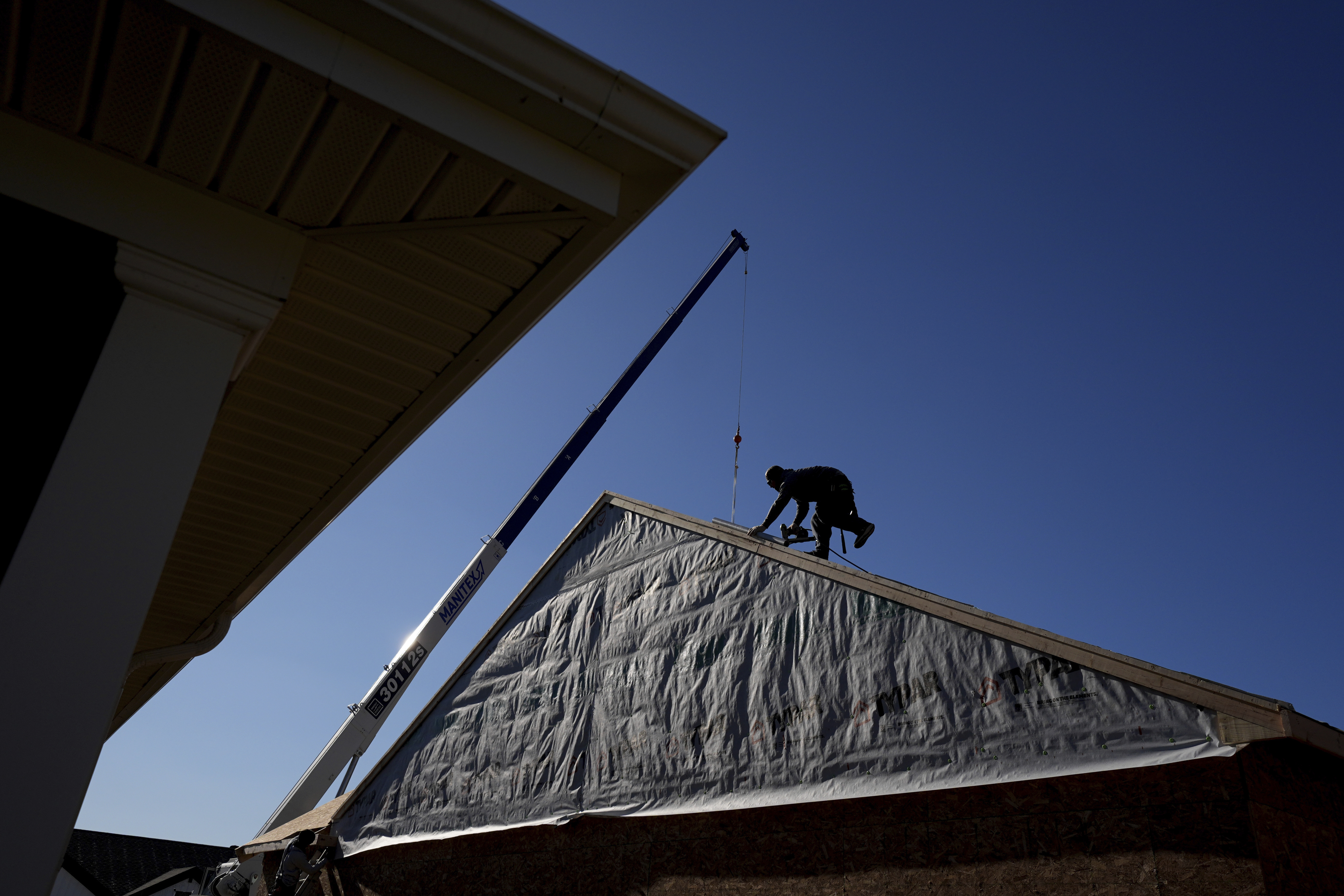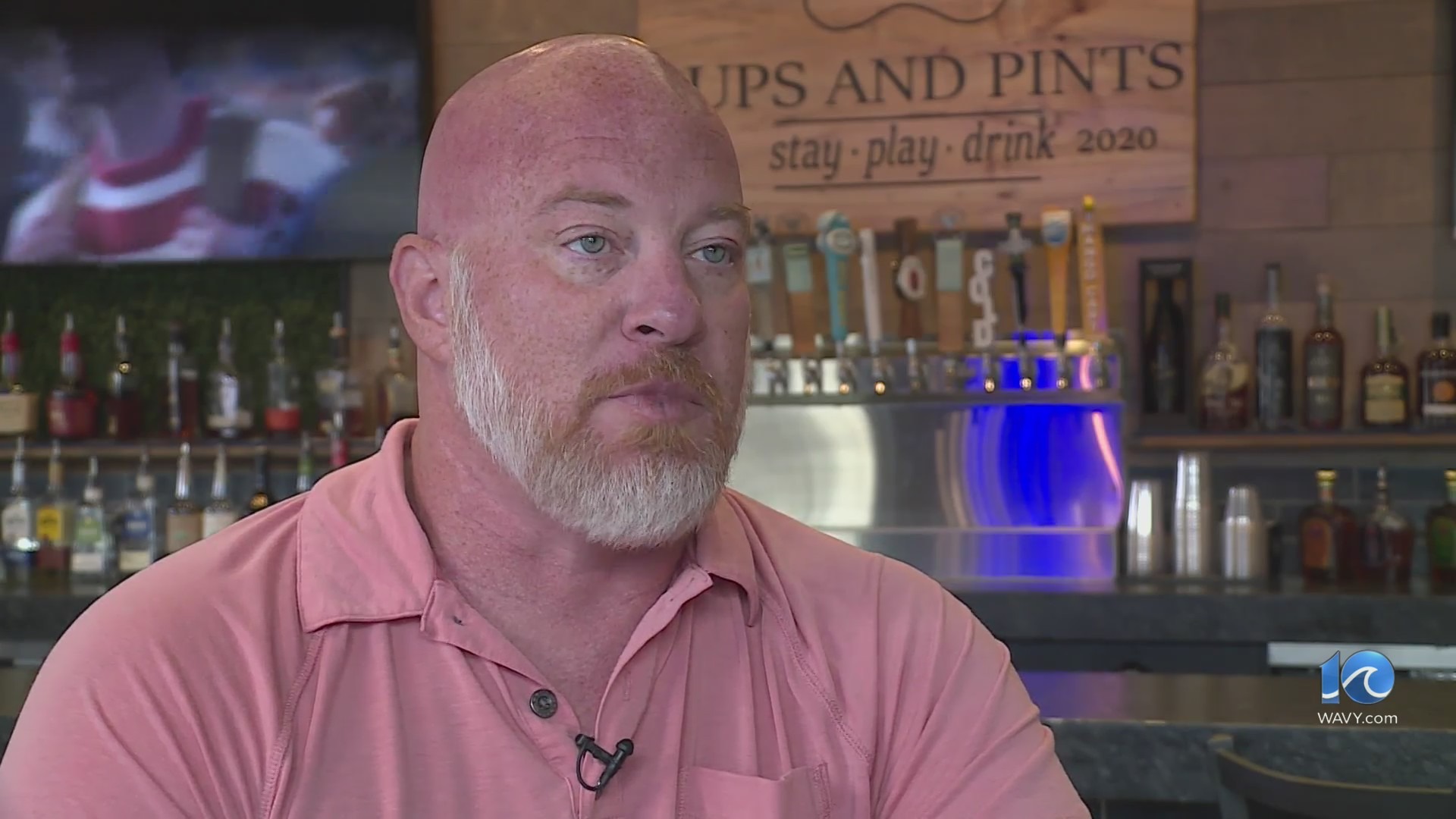WASHINGTON (NEXSTAR) — We saw some progress over the last few days on coronavirus relief that would include $1,400 direct payments. However, we’re still a long way from working through the final details, getting the package approved and sending checks out to Americans.
Whether you get a check depends on which direction President Joe Biden and Democratic leaders decide to go as the $1.9 trillion proposal makes its way through committees over the next few weeks with the goal of additional relief being finalized by mid-March. It’s an aggressive timeline that will test the ability of the new administration and Congress to deliver.
Biden’s initial proposal when he unveiled the package would start phasing out direct payments at $75,000 with a $115,000 cap ($206,000 for couples).
Over the last few days, the president indicated he’s willing to “target” those $1,400 checks to Americans most in need in an effort to find bipartisan ground with Republican lawmakers. According to multiple reports, plans are being drawn up to phase out direct payments at $50,000 per year.
According to The Washington Post, that would mean $1,400 checks for anyone making less than $50,000 and $2,800 for married couples earning $100,000 or less. If an individual was considered the head of the household and earning up to $75,000, he or she would also qualify.
Just as we’ve seen with other rounds of direct payments, people who earn more than those thresholds would be able to collect smaller payments.
That move follows a proposal from 10 GOP senators to lower the stimulus check amount to $1,000. The GOP’s plan for direct payments set the threshold at $40,000 a year, or $80,000 for couples.
Where the process goes from here remains to be seen. However, it doesn’t appear that Biden has any plans to back the Republican proposal. Earlier this week, he said it simply wasn’t enough.
“We can’t do too much here; we can do too little,” Biden told House Democrats on Friday. “Real, live people are hurting. And we can fix it. And we can fix it and the irony of all ironies is when we help them, we are also helping our competitive capacity through the remainder of this decade.”
The push for stimulus comes amid new signs of a weakening U.S. economy. Employers added just 49,000 jobs in January after cutting 227,000 jobs in December, the Labor Department said Friday. Restaurants, retailers, manufacturers and even the health care sector shed workers last month, meaning that private employers accounted for a meager gain of 6,000 jobs last month.
“At that rate, it’s going to take 10 years until we hit full employment,” Biden said at the meeting with House Democrats. “That’s not hyperbole. That’s a fact.”
The unemployment rate fell to 6.3% from 6.7%, but there was a decline in the number of people who were either working or looking for a job in a sign that some people are dropping out of the labor force. The U.S. economy is 9.9 million jobs shy of its pre-pandemic level.
Money for vaccine distributions, direct payments to households, school reopenings and business aid are at stake.
The Associated Press contributed to this report.












